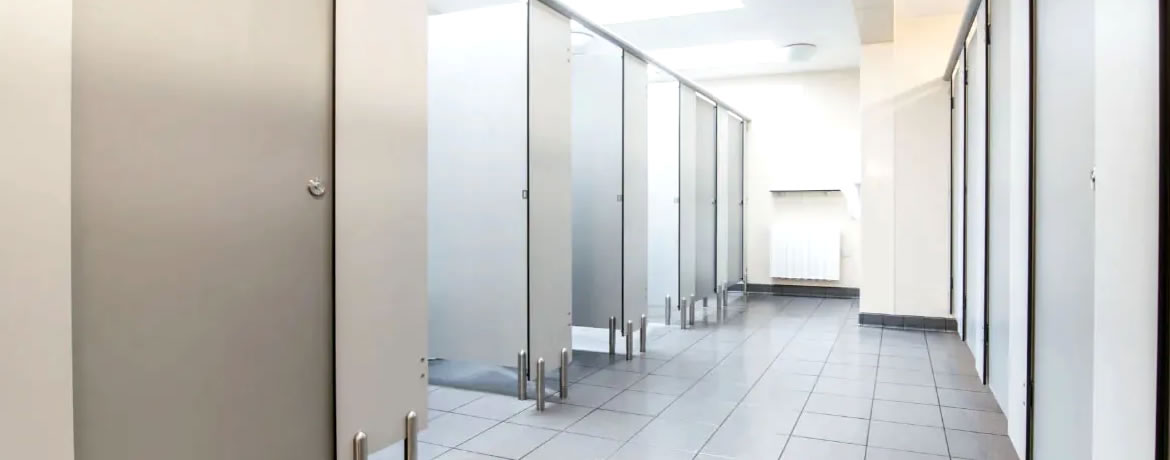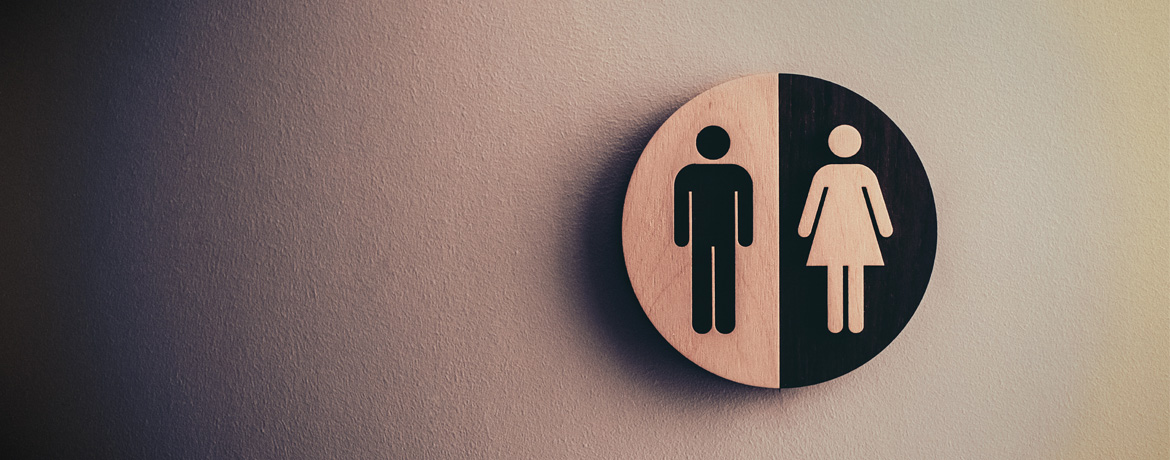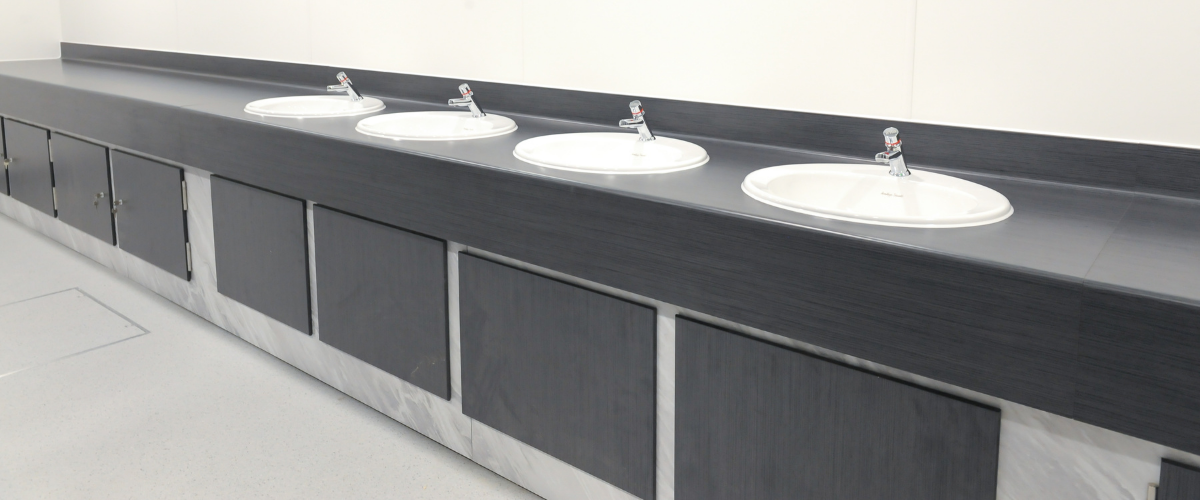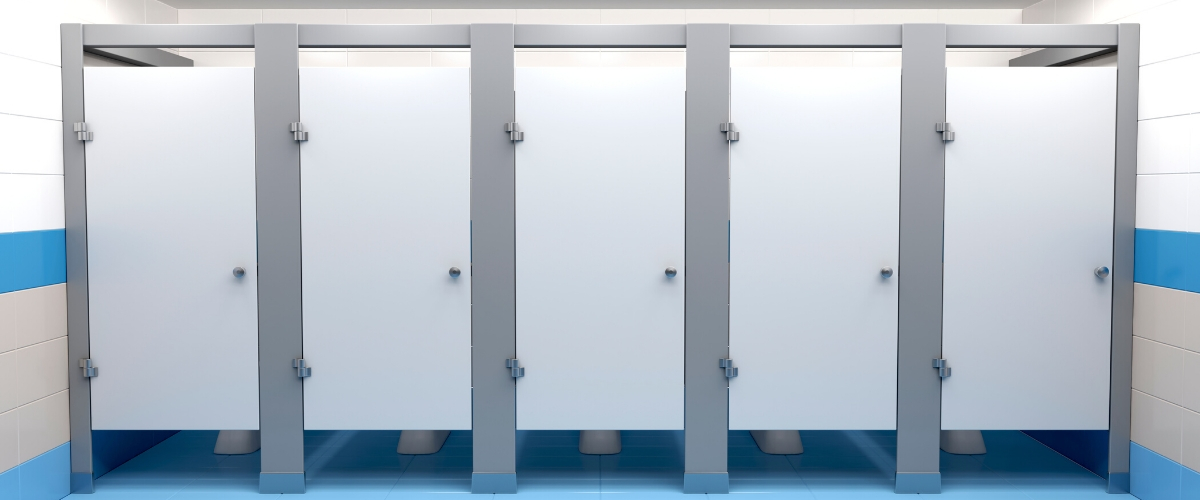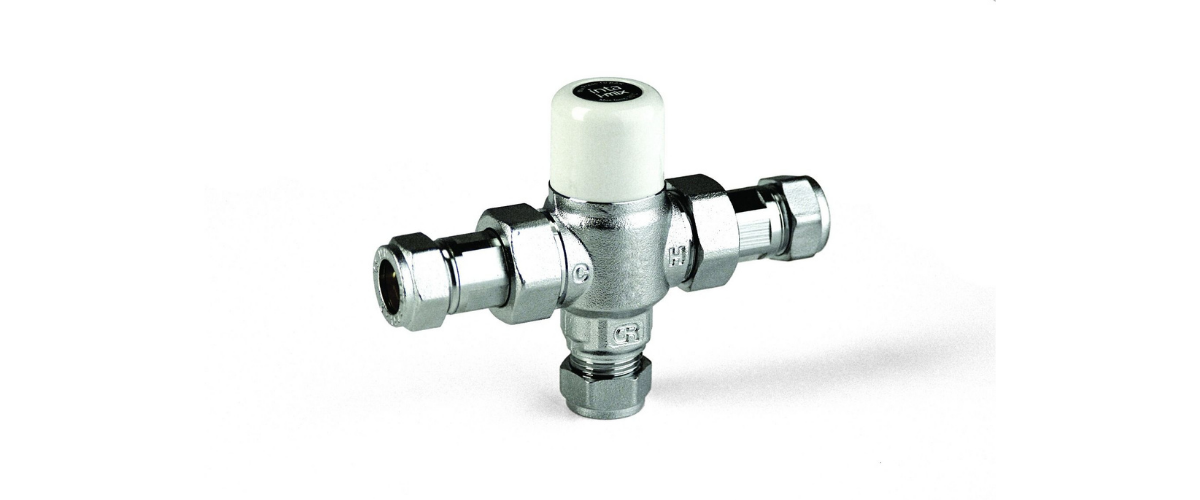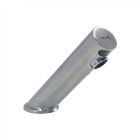Can toilet and urinal flush sensors save you money?
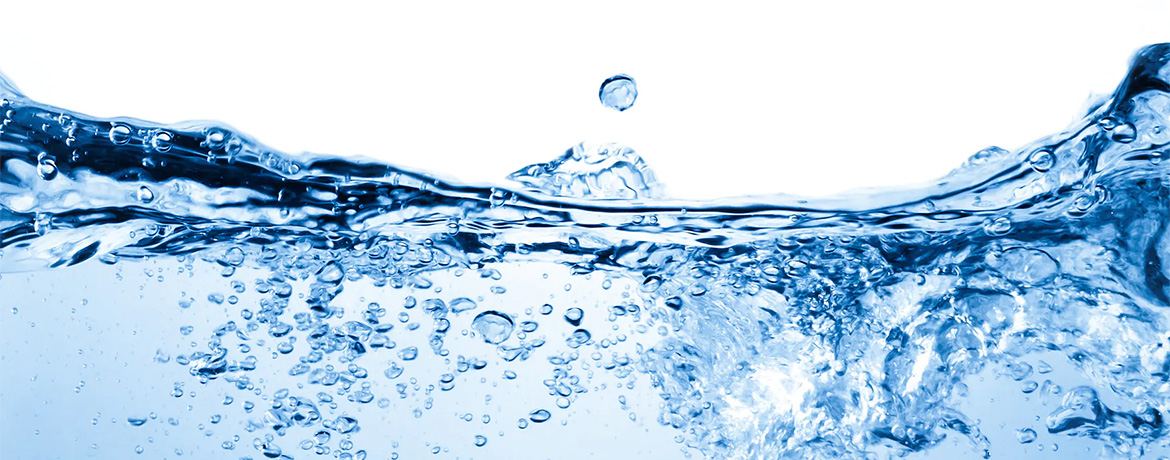
Commercial Washrooms completed a sensor flush cost-saving study at a large London school. The purpose of this study is to help the school calculate a water cost-saving and estimated pay-back period from upgrading all the existing toilets with sensor flush kits.
Collecting Real-World Water Usage Data
Water-saving costs achieved by installing alternative toilet flush control systems, such as sensor flush controlled toilet flushing systems, can only ever be approximated. However, in order to approximate the water-saving, you must first collect real-world data from the venue of an average number of flushes per toilet.
Commercial Washrooms arranged for flush counters to be installed into 2 toilets. One located in the Year 10 Boys toilet, and 1 in the Year 11 Boys toilet. The flush counter readings after a 3 week period showed 156 toilet flushes in the Year 10 Boys and 107 in the Year 11 Boys. This averages to 44 flushes per toilet per week.
The School's current push button flush cisterns are standard 6-litre flush toilet cisterns which work on a traditional Syphon system, flushing 6 litres of water when the push button is pressed.
Calculate the Water Savings
The proposed sensor toilet flush kits allow us to regulate the amount of water flushed down the toilet and would reduce the water being flushed from 6 litres. This reduction in water usage could potentially be anything from 0 – 5 Litres per flush with the sensor flush kits. Though for practicality we recommend the sensor flush kits be set to any toilet flush volume between a 5 and a 3 Litre flush, in order that they provide an adequate flush and fully empty the toilet bowl of waste.
The specified sensor toilet flush kits are adjustable, so the actual amount of water saved by the sensor flush kits proposed can be chosen by the venue, prior to the install of the toilet flush controllers.
Since we calculated the current estimated use of water per toilet per week, conversely we could produce water and cost savings per toilet per week, across the spectrum of flush volume options the venue could choose from. From this, we were able to give the client an estimate of the considerable water savings they could achieve from installing toilet sensor flush controllers.
Additional Environmental Benefit
For those who want to add to the environmental credentials of their school or business, an additional environmental benefit is realised from the reduction of CO2 emitted into the atmosphere.
This benefit is approximated from the water savings, since each Litre of water requires electricity to pump, process and filter, and carbon dioxide is emitted into the atmosphere during the production of electricity. This saving can be expressed as kg of CO2.
Cost Savings for Your Business
Commercial Washrooms are available to assist any and all types of commercial business or education establishment in establishing how they can save water in their washrooms. For larger establishments, we can also provide the same current usage estimating service, with a survey to sample actual flush volumes at your premises from a range of toilets. Toilet flush control systems are just one method for saving water in a commercial washroom. We can also supply urinal flush controllers, reduced flow taps including self-closing and sensor taps, and toilets and cisterns designed to save and conserve water usage.
As always, our team are at the end of the telephone for all your queries and questions and have a wealth of knowledge they’re happy to share with you. So if you need some guidance, or would like to talk over your options, you can give them a call on 01202 650900.
Got a question? Get in touch
MORE TO EXPLORE IN Related Posts
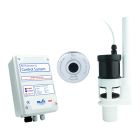
KWC DVS Automatic Toilet Sensor Flush Kit 1.5" base (3m Cable)
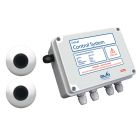
DVS Urinal Sensor Flush Control Kit (Double Station)

Armitage Shanks Sensorflow 21 Panel Mounted Mains Urinal Flush Sensor Kit
As low as £200.40 £167.00


